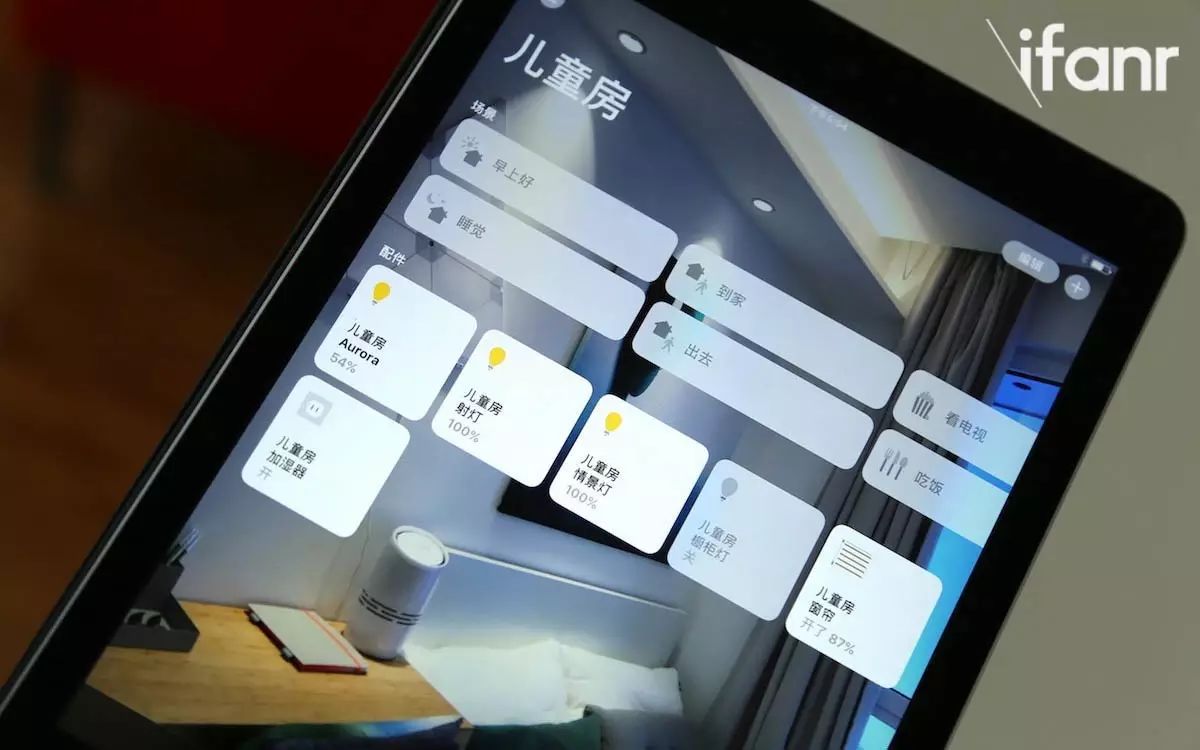
At the entrance, there is a password lock on the door handle, and as long as the phone has power, it can issue commands to Siri; stepping into the foyer, saying “I’m home” to Siri lights up the lights throughout the house, and the air purifier’s fan starts to run smoothly—this is a preset HomeKit scene. In Beijing’s Shuangjing R&F City, we (ifanr) visited a model apartment equipped with numerous HomeKit accessories in collaboration with Apple and R&F Properties. With a variety of accessory types and carefully arranged rooms, we had our first experience of a complete HomeKit smart home platform.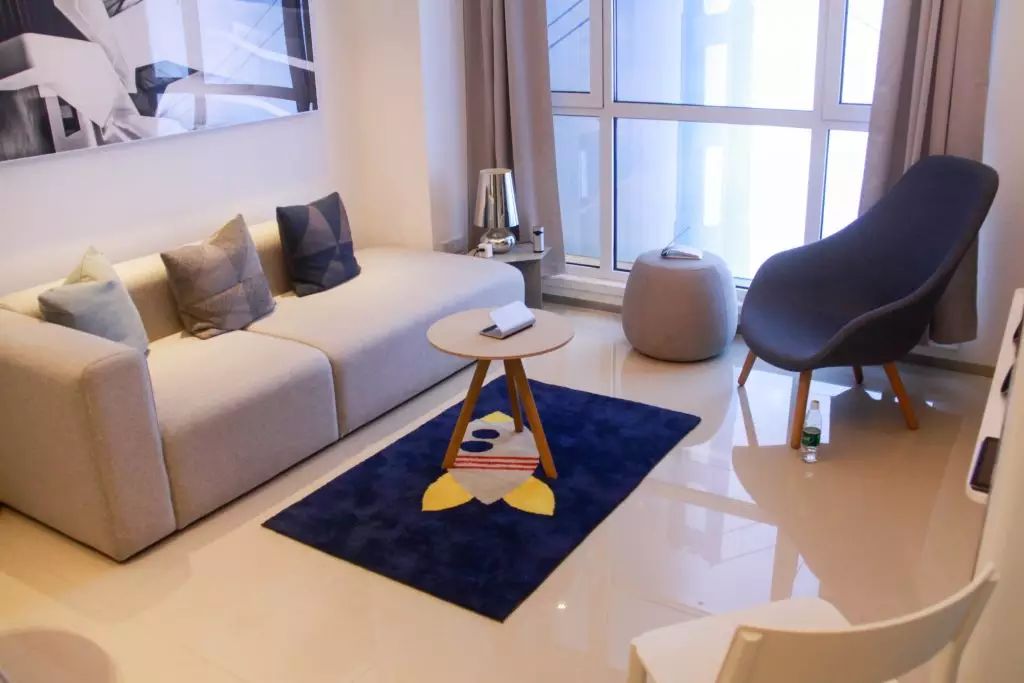 For smart homes, especially products that support Apple HomeKit, our readers at ifanr are certainly familiar. Recently, we tested the OPSO smart socket and the D-Link home camera, where we detailed the use of the “Home” app in iOS 10.
For smart homes, especially products that support Apple HomeKit, our readers at ifanr are certainly familiar. Recently, we tested the OPSO smart socket and the D-Link home camera, where we detailed the use of the “Home” app in iOS 10.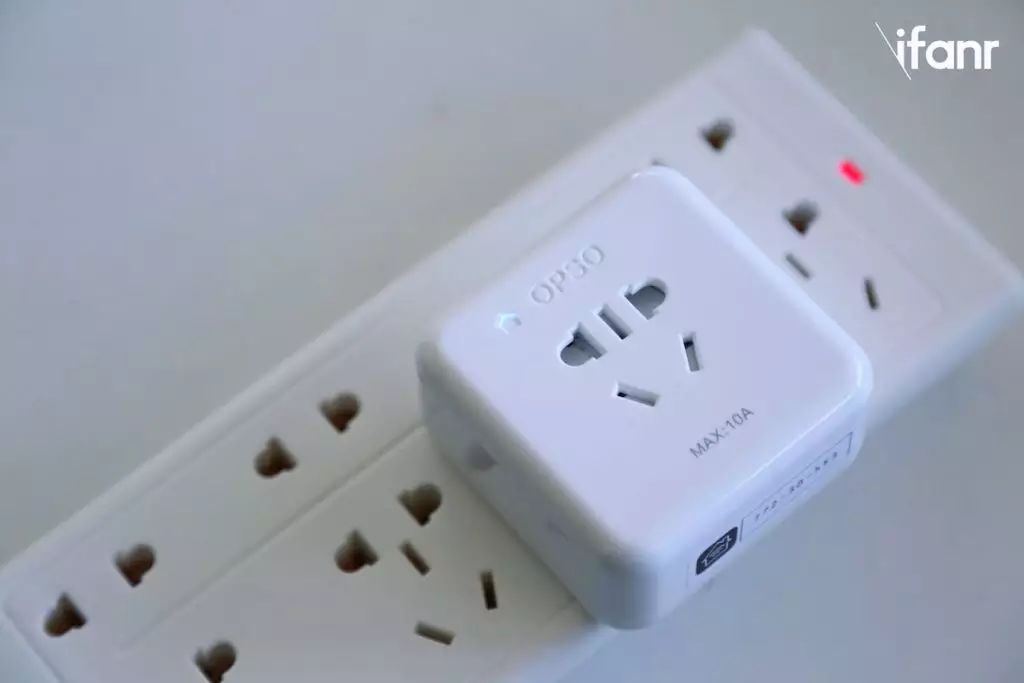
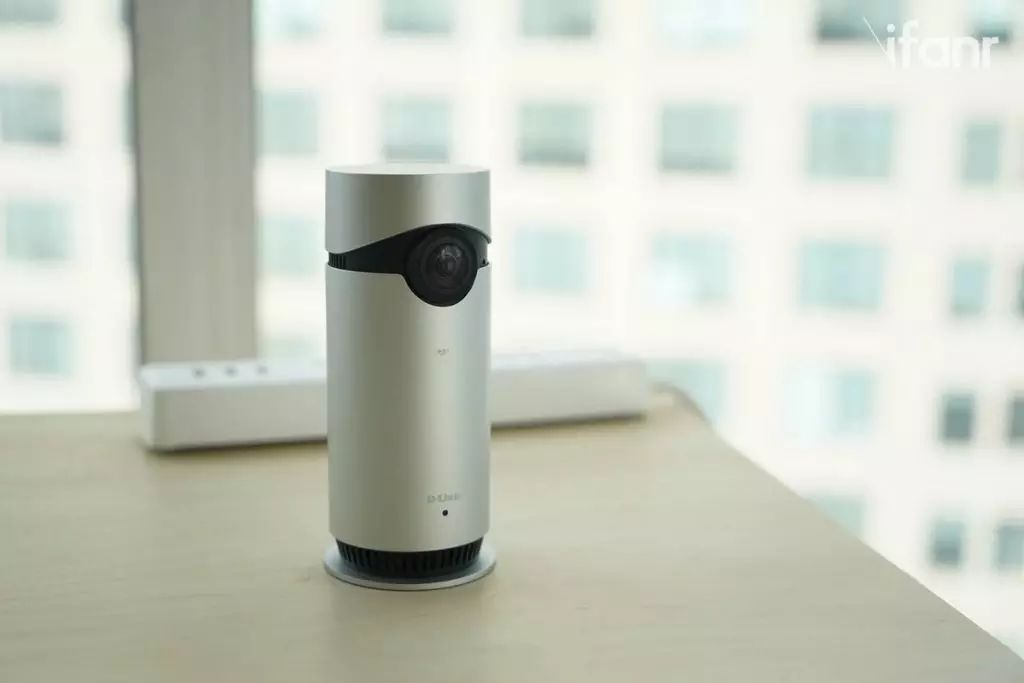 To learn more about Apple’s smart home management application Home, as well as reviews of the OPSO smart socket and D-Link home camera, follow ifanr and reply with the keyword 「Home」 to view. There is no need to spend a fortune on professional installation; instead, you can achieve home automation by simply purchasing and using the products; discarding the complexity of various proprietary apps allows for a consistent experience and interoperability between accessories—these are two important principles behind Apple’s creation of HomeKit. This open model apartment is equipped with HomeKit-compatible door locks, various lights, sockets, home cameras, curtains, air quality detectors, and more. These smart home accessories can be controlled uniformly through the “Home” app on an iPhone or iPad, or can be operated via Siri voice commands. Common scenes can be preset to simultaneously set multiple accessories to their designated working states; you can use an iPad at home as a hub to set various automation functions and achieve remote control.
To learn more about Apple’s smart home management application Home, as well as reviews of the OPSO smart socket and D-Link home camera, follow ifanr and reply with the keyword 「Home」 to view. There is no need to spend a fortune on professional installation; instead, you can achieve home automation by simply purchasing and using the products; discarding the complexity of various proprietary apps allows for a consistent experience and interoperability between accessories—these are two important principles behind Apple’s creation of HomeKit. This open model apartment is equipped with HomeKit-compatible door locks, various lights, sockets, home cameras, curtains, air quality detectors, and more. These smart home accessories can be controlled uniformly through the “Home” app on an iPhone or iPad, or can be operated via Siri voice commands. Common scenes can be preset to simultaneously set multiple accessories to their designated working states; you can use an iPad at home as a hub to set various automation functions and achieve remote control. The main switch is for manual control, with Siri as a supplementary tool. The quick operation interface of the “Home” app is divided into three main sections: “Home,” “Rooms,” and “Automation,” with the logic primarily based on accessories and scenes. • Each individual accessory has its own switch for user control and settings; • To create a new scene with several accessories, simply click the scene switch to control these accessories to enter the preset state simultaneously (for example, creating a scene called “Home” that presets to turn on the lights and close the curtains, activating this scene switch will achieve this simultaneously).
The main switch is for manual control, with Siri as a supplementary tool. The quick operation interface of the “Home” app is divided into three main sections: “Home,” “Rooms,” and “Automation,” with the logic primarily based on accessories and scenes. • Each individual accessory has its own switch for user control and settings; • To create a new scene with several accessories, simply click the scene switch to control these accessories to enter the preset state simultaneously (for example, creating a scene called “Home” that presets to turn on the lights and close the curtains, activating this scene switch will achieve this simultaneously).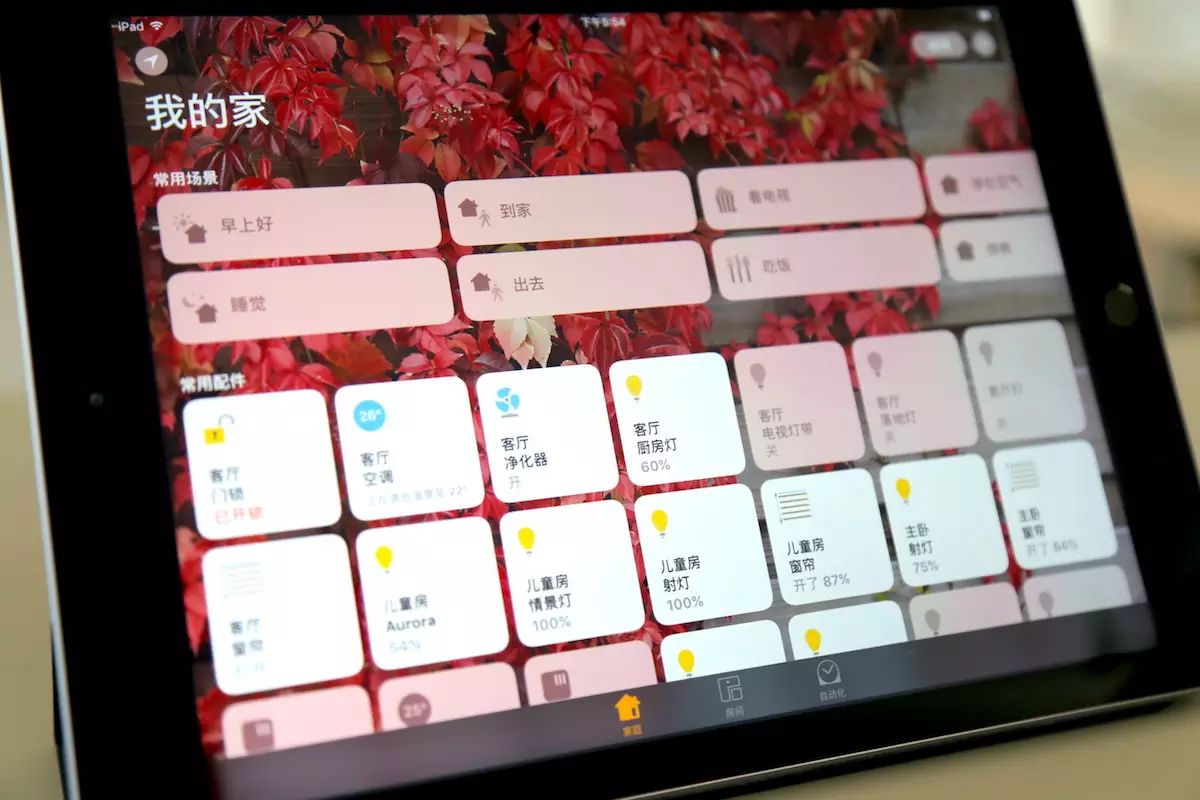 In the “Home” interface, all currently connected accessory switches and preset scene switches are gathered; the “Rooms” interface categorizes several accessories and scenes into different “rooms” to control specific areas rather than all accessories; the “Automation” interface can automatically run accessories and scenes according to preset conditions (such as timing) when there is an iPad as a hub at home. Siri, as a voice assistant, also plays an important role in HomeKit. She can intelligently recognize the rooms and scenes you have named and perform corresponding controls when you issue commands. Whether it is accessories or scenes, you can add frequently used switches to your favorites. This way, users can control these accessories and scenes in the iOS control center, as conveniently as turning Bluetooth or Wi-Fi on and off.
In the “Home” interface, all currently connected accessory switches and preset scene switches are gathered; the “Rooms” interface categorizes several accessories and scenes into different “rooms” to control specific areas rather than all accessories; the “Automation” interface can automatically run accessories and scenes according to preset conditions (such as timing) when there is an iPad as a hub at home. Siri, as a voice assistant, also plays an important role in HomeKit. She can intelligently recognize the rooms and scenes you have named and perform corresponding controls when you issue commands. Whether it is accessories or scenes, you can add frequently used switches to your favorites. This way, users can control these accessories and scenes in the iOS control center, as conveniently as turning Bluetooth or Wi-Fi on and off.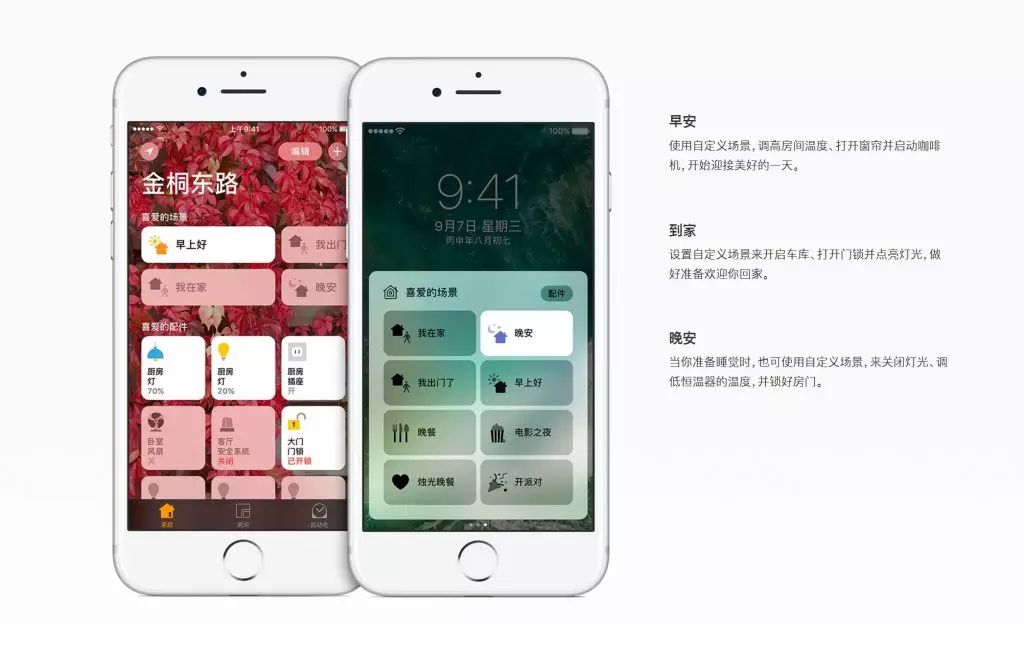
 The “end-to-end” model brings privacy and security, but also raises the issue of privacy that has been debated since the advent of “smart” devices. As smart technology begins to enter homes and daily lives, privacy and security become a significant concern. Apple has chosen an “end-to-end” data model for HomeKit, where user data such as door opening times and air purifier usage only communicates between iPhone, iPad devices, and home accessories. Information is only stored on the device and is not uploaded to any of Apple’s cloud services, ensuring that the sense of security and privacy in the home environment is not compromised by smart home accessories.
The “end-to-end” model brings privacy and security, but also raises the issue of privacy that has been debated since the advent of “smart” devices. As smart technology begins to enter homes and daily lives, privacy and security become a significant concern. Apple has chosen an “end-to-end” data model for HomeKit, where user data such as door opening times and air purifier usage only communicates between iPhone, iPad devices, and home accessories. Information is only stored on the device and is not uploaded to any of Apple’s cloud services, ensuring that the sense of security and privacy in the home environment is not compromised by smart home accessories.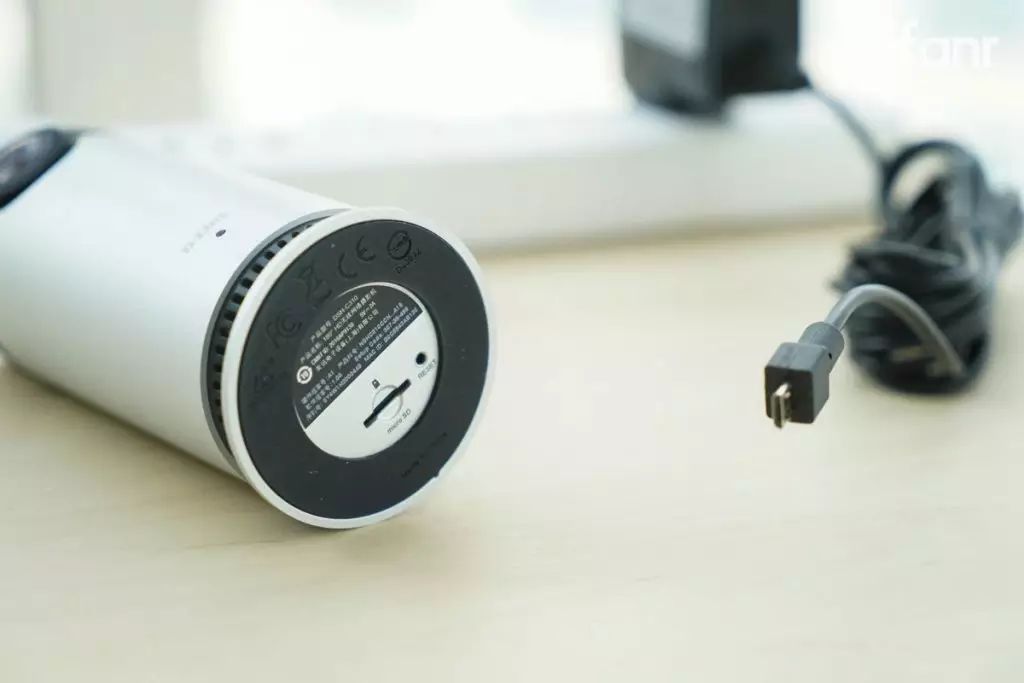 Specifically, we saw a micro-SD card storage slot on the D-Link home camera, but did not find an option for real-time video upload to the cloud. However, Apple does not prohibit third-party accessory manufacturers from expanding such features for their products; it is just that Apple’s own cloud services do not facilitate the storage of user information. If manufacturers have the need and the capability to provide their own cloud services, they can store necessary information for users through their own channels. In terms of security, HomeKit primarily relies on TouchID and passwords to prevent unauthorized access. Although the control center can be accessed from the iOS lock screen, only non-critical accessories like lights can be controlled in an unlocked state. Operations for critical accessories like door locks must first verify identity through fingerprint or password.
Specifically, we saw a micro-SD card storage slot on the D-Link home camera, but did not find an option for real-time video upload to the cloud. However, Apple does not prohibit third-party accessory manufacturers from expanding such features for their products; it is just that Apple’s own cloud services do not facilitate the storage of user information. If manufacturers have the need and the capability to provide their own cloud services, they can store necessary information for users through their own channels. In terms of security, HomeKit primarily relies on TouchID and passwords to prevent unauthorized access. Although the control center can be accessed from the iOS lock screen, only non-critical accessories like lights can be controlled in an unlocked state. Operations for critical accessories like door locks must first verify identity through fingerprint or password.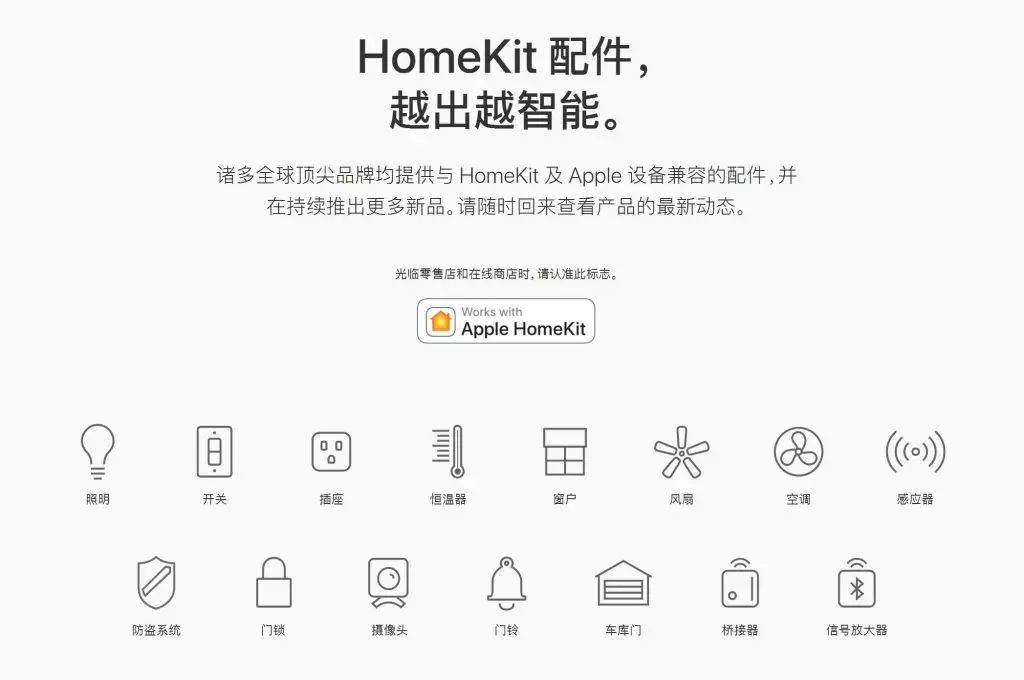 Apple’s high regard for privacy and security makes HomeKit fundamentally different from domestic smart home platforms like Xiaomi’s Mijia. The end-to-end, non-cloud data transmission model ensures better security of user information and makes it difficult for important home accessories to be compromised. Apple has stated that they are “not interested” in users’ home privacy information. However, the downside is that remote control and home automation features must be implemented through a central device placed in the home. In a home environment, the iPhone connects directly to home accessories via wireless networks without going through the internet, so when the iPhone leaves home, it cannot operate HomeKit accessories over the internet like Xiaomi does. The benefit of this is that HomeKit can better avoid situations where footage captured by cameras monitoring the home is uploaded to some unknown server in the cloud; or the time you unlock the door with your fingerprint is recorded in a database of unknown security.
Apple’s high regard for privacy and security makes HomeKit fundamentally different from domestic smart home platforms like Xiaomi’s Mijia. The end-to-end, non-cloud data transmission model ensures better security of user information and makes it difficult for important home accessories to be compromised. Apple has stated that they are “not interested” in users’ home privacy information. However, the downside is that remote control and home automation features must be implemented through a central device placed in the home. In a home environment, the iPhone connects directly to home accessories via wireless networks without going through the internet, so when the iPhone leaves home, it cannot operate HomeKit accessories over the internet like Xiaomi does. The benefit of this is that HomeKit can better avoid situations where footage captured by cameras monitoring the home is uploaded to some unknown server in the cloud; or the time you unlock the door with your fingerprint is recorded in a database of unknown security.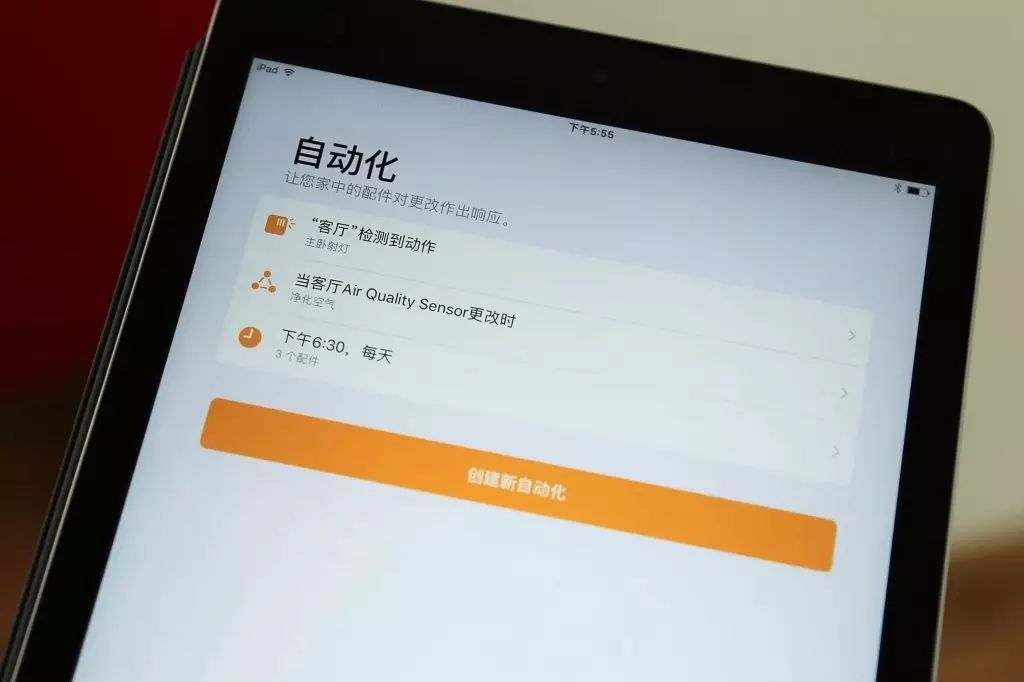 In the US market, this hub can be represented by the $149 Apple TV, while the unique situation in the Chinese market means that only the iPad can serve as the hub. The issues this brings are evident; while the iPad is often treated as a home entertainment device, there is also a demand for it to be taken out of the house. Additionally, Apple is pushing the iPad towards becoming a productivity tool, which naturally means it won’t always be at home. The iPad’s price is significantly higher than that of the Apple TV, making it unrealistic to purchase one solely for HomeKit.
In the US market, this hub can be represented by the $149 Apple TV, while the unique situation in the Chinese market means that only the iPad can serve as the hub. The issues this brings are evident; while the iPad is often treated as a home entertainment device, there is also a demand for it to be taken out of the house. Additionally, Apple is pushing the iPad towards becoming a productivity tool, which naturally means it won’t always be at home. The iPad’s price is significantly higher than that of the Apple TV, making it unrealistic to purchase one solely for HomeKit. The pre-installed model by real estate developers allows some people to start using it. This model apartment in collaboration with R&F Properties in Beijing is not the first attempt. Last October, Apple collaborated with construction company Lennar to equip a set of HomeKit smart home accessories in an apartment in California.
The pre-installed model by real estate developers allows some people to start using it. This model apartment in collaboration with R&F Properties in Beijing is not the first attempt. Last October, Apple collaborated with construction company Lennar to equip a set of HomeKit smart home accessories in an apartment in California.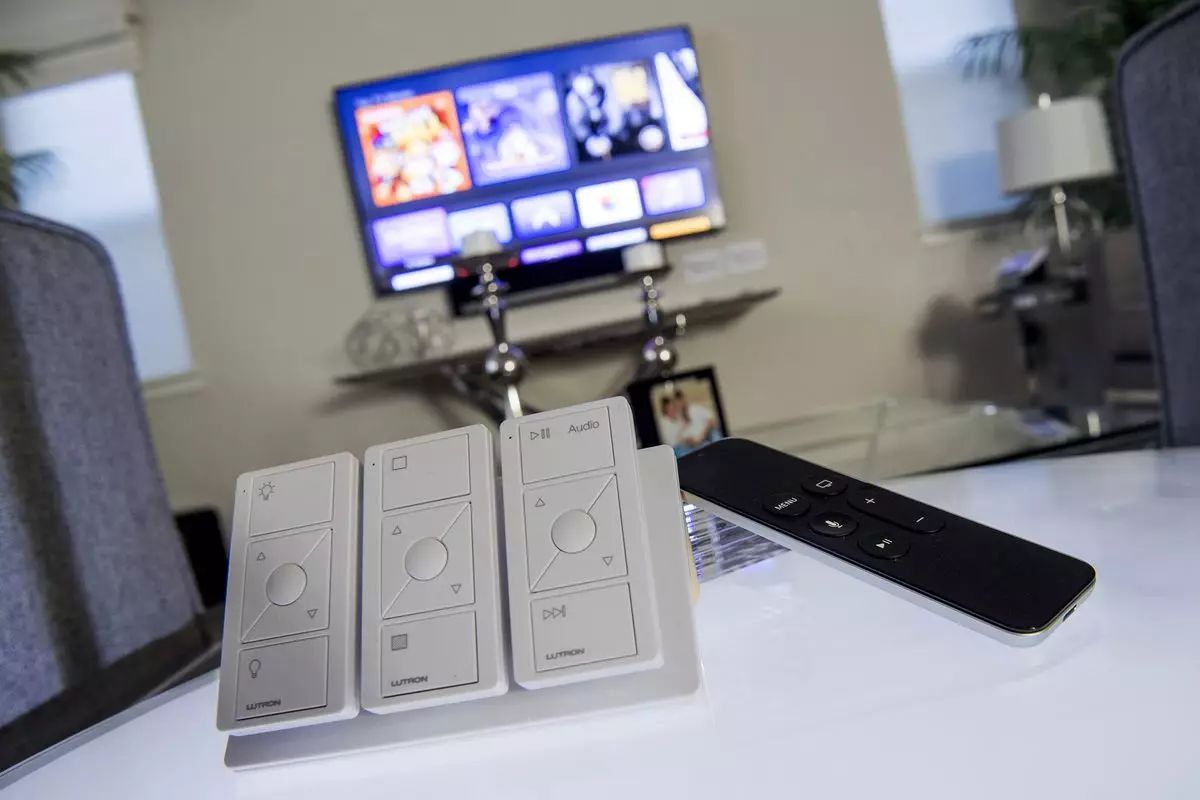 Greg Joswiak, Apple’s Vice President of Product Marketing, has said, “The best development starts at the beginning; Apple’s smart home system should enter at the construction phase of the house.” Previously, Apple had stated that several other developers, including Brookfield Residential, KB Home, and R&F Properties, are integrating HomeKit into new homes.
Greg Joswiak, Apple’s Vice President of Product Marketing, has said, “The best development starts at the beginning; Apple’s smart home system should enter at the construction phase of the house.” Previously, Apple had stated that several other developers, including Brookfield Residential, KB Home, and R&F Properties, are integrating HomeKit into new homes.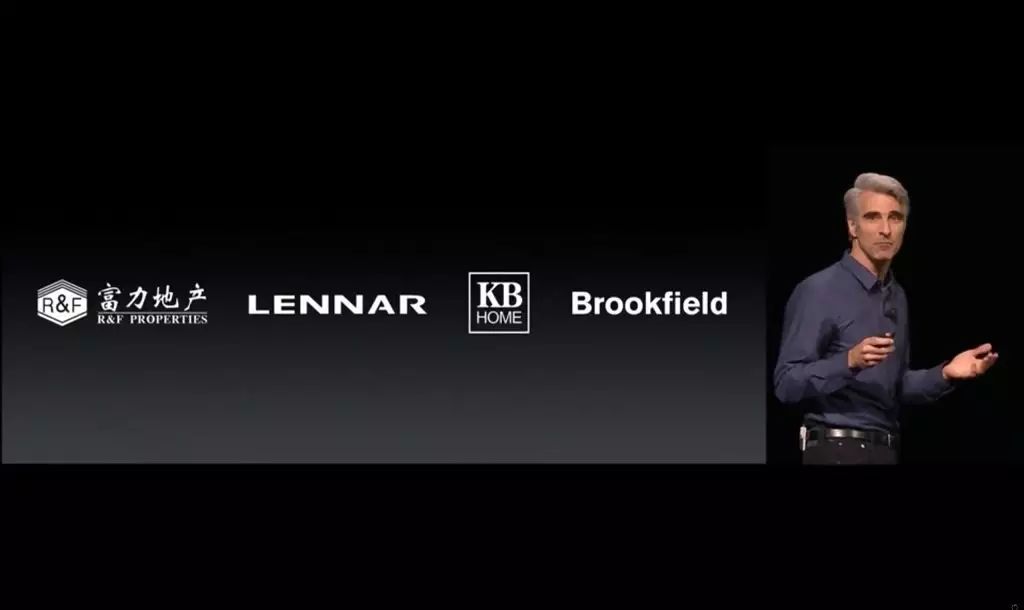 At WWDC 2016, R&F Properties’ logo was prominently displayed among Apple’s strategic partners for HomeKit. This model apartment in R&F City is positioned as a high-end, finely decorated residence, targeting potential consumers who are generally familiar with and recognize Apple products, with a significant proportion of Apple products among personal devices. However, compared to affordable mass-market properties, the overall scale of high-end real estate is limited, and relying on a small number of high-end property buyers to support the entire Apple smart home ecosystem may not be realistic. Coupled with the initial intention mentioned at the beginning of the article to “allow ordinary people to buy and use immediately,” Apple is unlikely to view this developer pre-installation model as the ideal main battlefield for HomeKit’s future. One of the significances of developer pre-installation is to serve as an introduction, allowing “some people to start using it” as the smart home concept gains popularity. The higher demands of high-end consumers for living standards, combined with the high value of high-end residences, make it easier for relatively high-priced HomeKit accessories to be accepted here. From the perspective of the ecosystem industry, the smart accessories in the current HomeKit ecosystem are mostly products from third-party manufacturers that have been certified by Apple and integrated with the HomeKit module, making the richness of accessories a key factor in the development of HomeKit. Connecting a diverse range of smart home products is also one of Apple’s original intentions in creating HomeKit.
At WWDC 2016, R&F Properties’ logo was prominently displayed among Apple’s strategic partners for HomeKit. This model apartment in R&F City is positioned as a high-end, finely decorated residence, targeting potential consumers who are generally familiar with and recognize Apple products, with a significant proportion of Apple products among personal devices. However, compared to affordable mass-market properties, the overall scale of high-end real estate is limited, and relying on a small number of high-end property buyers to support the entire Apple smart home ecosystem may not be realistic. Coupled with the initial intention mentioned at the beginning of the article to “allow ordinary people to buy and use immediately,” Apple is unlikely to view this developer pre-installation model as the ideal main battlefield for HomeKit’s future. One of the significances of developer pre-installation is to serve as an introduction, allowing “some people to start using it” as the smart home concept gains popularity. The higher demands of high-end consumers for living standards, combined with the high value of high-end residences, make it easier for relatively high-priced HomeKit accessories to be accepted here. From the perspective of the ecosystem industry, the smart accessories in the current HomeKit ecosystem are mostly products from third-party manufacturers that have been certified by Apple and integrated with the HomeKit module, making the richness of accessories a key factor in the development of HomeKit. Connecting a diverse range of smart home products is also one of Apple’s original intentions in creating HomeKit.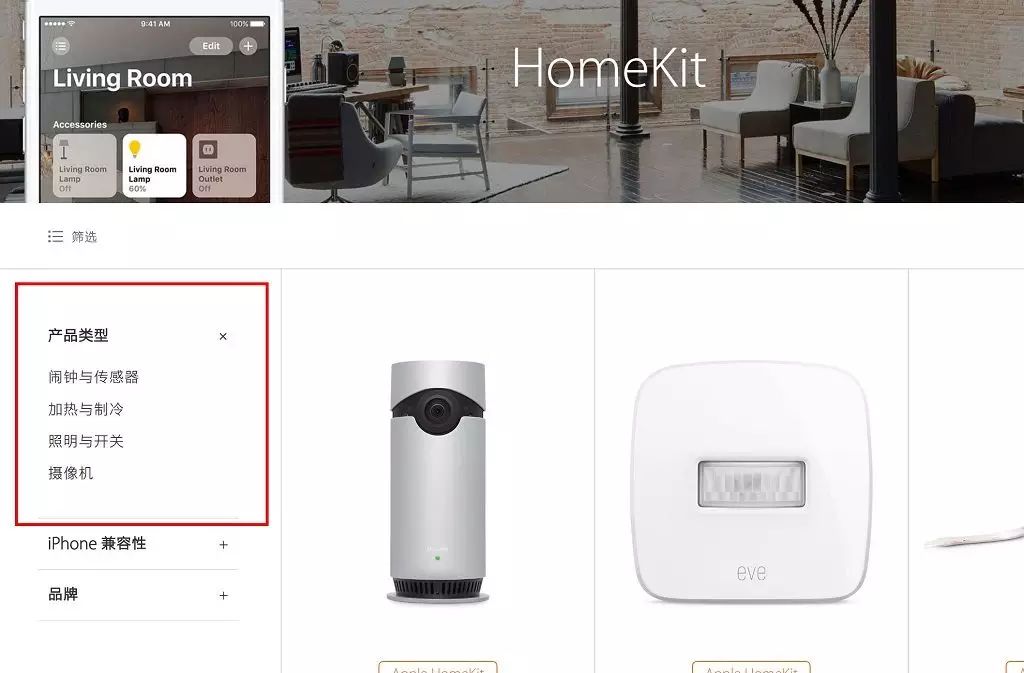 Currently released HomeKit accessories are mostly small appliances like door locks and lights, while larger appliances that are harder to replace and have lower replacement frequency are still rare. The opportunities brought by the batch of newly renovated homes in collaboration with developers may promote the overall improvement of the HomeKit accessory ecosystem.
Currently released HomeKit accessories are mostly small appliances like door locks and lights, while larger appliances that are harder to replace and have lower replacement frequency are still rare. The opportunities brought by the batch of newly renovated homes in collaboration with developers may promote the overall improvement of the HomeKit accessory ecosystem. In terms of realistic product choices, the familiar switch operation, as mentioned earlier, can be observed in the smart accessories equipped in this model apartment, where, apart from the air conditioner from Haier, most are small appliances like door locks and purifiers. Regarding whether there will be large white goods supporting HomeKit in the near future, Apple’s response is “Not today.”
In terms of realistic product choices, the familiar switch operation, as mentioned earlier, can be observed in the smart accessories equipped in this model apartment, where, apart from the air conditioner from Haier, most are small appliances like door locks and purifiers. Regarding whether there will be large white goods supporting HomeKit in the near future, Apple’s response is “Not today.”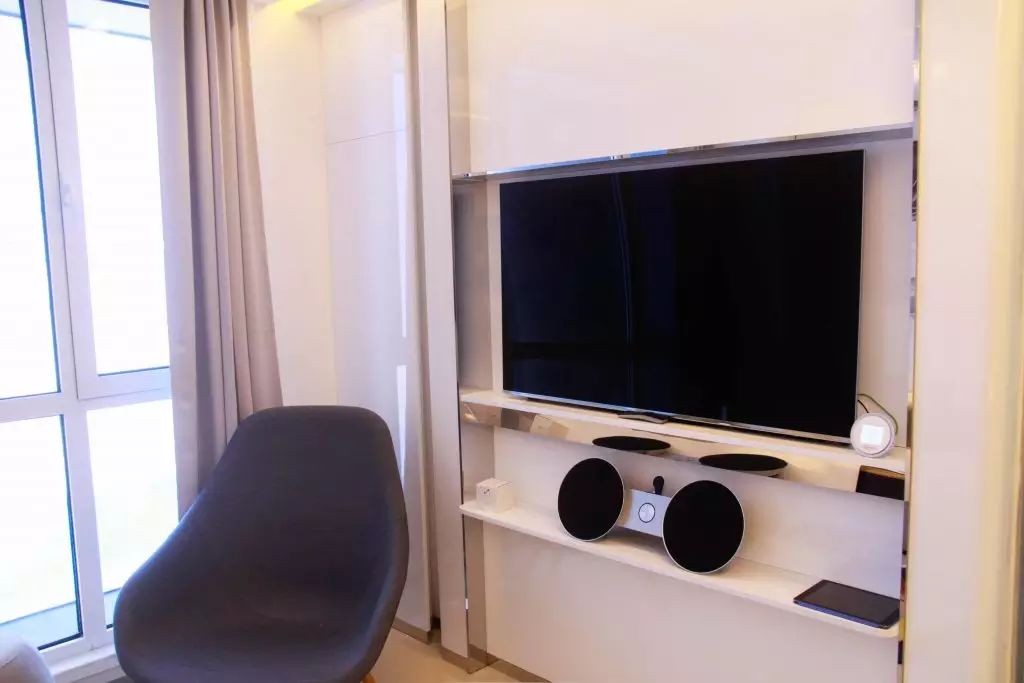 In Apple’s view, HomeKit is still at a “starting point” or “transition point,” and the entire smart home industry is still in a process of exploration and learning. Starting with easily replaceable, frequently used, and easily perceivable key accessories is prioritized over larger appliances that have longer usage cycles and lower replacement needs. Compared to companies like Samsung, LG, and many domestic manufacturers that have long launched smart refrigerators, washing machines, and other products, Apple’s control over the product range is more realistic. Another aspect of “realism” is the operation method centered around touch switches. In HomeKit, Apple does not emphasize smart assistants and voice recognition operations like Amazon Alexa; Siri in HomeKit acts more as a supplement, playing a role when necessary.
In Apple’s view, HomeKit is still at a “starting point” or “transition point,” and the entire smart home industry is still in a process of exploration and learning. Starting with easily replaceable, frequently used, and easily perceivable key accessories is prioritized over larger appliances that have longer usage cycles and lower replacement needs. Compared to companies like Samsung, LG, and many domestic manufacturers that have long launched smart refrigerators, washing machines, and other products, Apple’s control over the product range is more realistic. Another aspect of “realism” is the operation method centered around touch switches. In HomeKit, Apple does not emphasize smart assistants and voice recognition operations like Amazon Alexa; Siri in HomeKit acts more as a supplement, playing a role when necessary.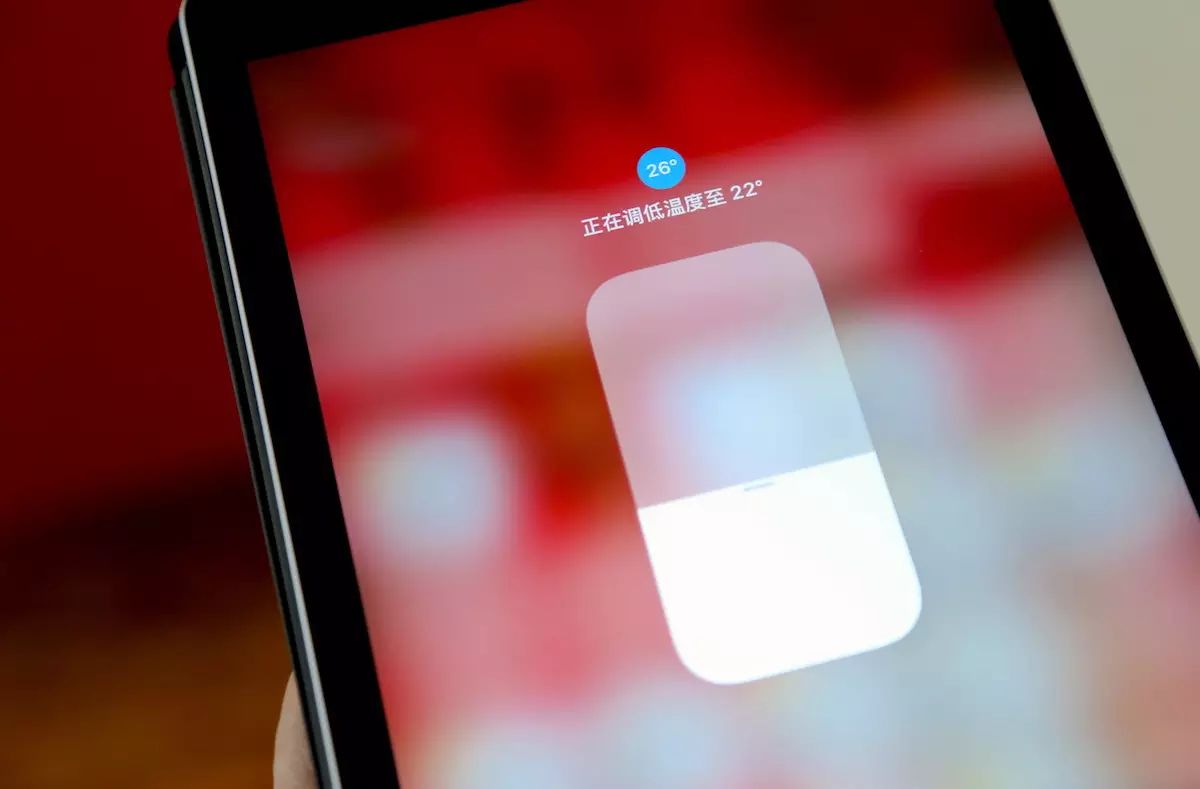 The main operational logic of HomeKit revolves around the switches of accessories and scenes. In addition to various switches being integrated into the “Home” app and iOS control center, most daily usage does not differ much from traditional home devices. One of the reasons for the misdirection of the “smart” trend in the industry in previous years was the assumption that simply putting functions into a mobile app could be called smart, without considering the practical experience in real-life scenarios; the same applies to today’s smart voice. In the experience of HomeKit accessories, we also found that many times, clicking switches in the control center is much easier than invoking Siri, waiting for a response, confirming understanding, and checking whether the lights are off. Smart voice does not necessarily aim to completely replace manual operation; a selective approach is more realistic and smarter.
The main operational logic of HomeKit revolves around the switches of accessories and scenes. In addition to various switches being integrated into the “Home” app and iOS control center, most daily usage does not differ much from traditional home devices. One of the reasons for the misdirection of the “smart” trend in the industry in previous years was the assumption that simply putting functions into a mobile app could be called smart, without considering the practical experience in real-life scenarios; the same applies to today’s smart voice. In the experience of HomeKit accessories, we also found that many times, clicking switches in the control center is much easier than invoking Siri, waiting for a response, confirming understanding, and checking whether the lights are off. Smart voice does not necessarily aim to completely replace manual operation; a selective approach is more realistic and smarter. After lying dormant for more than two years, we have only recently begun to see Apple’s frequent actions regarding HomeKit in China. This year, over a hundred smart home products support the HomeKit platform, and 17 new products were showcased at CES 2017 earlier this year. Since the beginning of the year, Apple has listed several new HomeKit accessories in its official store. On one page of Apple’s official website, you can see the currently available and upcoming HomeKit smart home accessories. Among them are not only major appliance manufacturers like Philips and Honeywell but also familiar names like Haier. In recent weeks, a series of HomeKit-compatible smart home accessories have been released or announced in China, including smart curtains from Duya, Afan fans from Airmate, the Schlage Sense series of door locks, Nanoleaf’s triangle light panels, and Incipio smart sockets. The new generation of the Raydou 2 air quality detector, which will be released today, also supports the HomeKit platform.
After lying dormant for more than two years, we have only recently begun to see Apple’s frequent actions regarding HomeKit in China. This year, over a hundred smart home products support the HomeKit platform, and 17 new products were showcased at CES 2017 earlier this year. Since the beginning of the year, Apple has listed several new HomeKit accessories in its official store. On one page of Apple’s official website, you can see the currently available and upcoming HomeKit smart home accessories. Among them are not only major appliance manufacturers like Philips and Honeywell but also familiar names like Haier. In recent weeks, a series of HomeKit-compatible smart home accessories have been released or announced in China, including smart curtains from Duya, Afan fans from Airmate, the Schlage Sense series of door locks, Nanoleaf’s triangle light panels, and Incipio smart sockets. The new generation of the Raydou 2 air quality detector, which will be released today, also supports the HomeKit platform.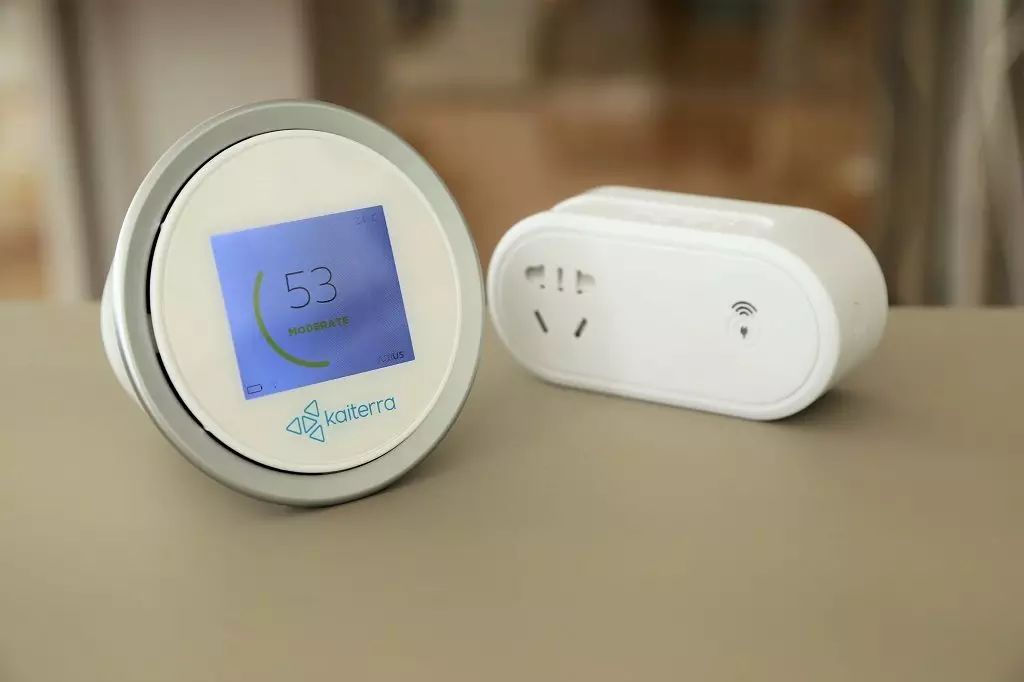 The Raydou 2 air quality detector and Incipio smart socket. Apple’s understanding of smart homes leans more towards realism and convenience; HomeKit does not emphasize the smart attributes brought by Siri but rather aligns with users’ habits of using traditional furniture devices, focusing on switches for guidance, increasing convenience through scenes, and enhancing operations through the control center. The frequent introduction of HomeKit accessories this year, along with the gradual formation of collaboration with R&F Properties in China, highlights Apple’s emphasis on HomeKit in 2017. Collaboration with developers for pre-installation may accelerate consumer awareness of HomeKit, but the truly significant battlefield remains in the retail sector aimed at individual users. HomeKit’s high regard for security and privacy reflects Apple’s strict protection of personal information, but it also brings about the issue that some functions require a central device to implement, which appears more like a shortcoming in the relatively unique Chinese market. Privacy and functionality are not necessarily a trade-off; in China, Apple may not need to break the unique end-to-end model, and a low-cost central device similar to Apple TV could be a good choice. Fortunately, in the absence of a clear pattern in the smart home market, HomeKit still has time to improve from this “starting point” before products become commonplace in ordinary households.Follow ifanr (ID: ifanr) and reply with the following keywords to access popular articles.
The Raydou 2 air quality detector and Incipio smart socket. Apple’s understanding of smart homes leans more towards realism and convenience; HomeKit does not emphasize the smart attributes brought by Siri but rather aligns with users’ habits of using traditional furniture devices, focusing on switches for guidance, increasing convenience through scenes, and enhancing operations through the control center. The frequent introduction of HomeKit accessories this year, along with the gradual formation of collaboration with R&F Properties in China, highlights Apple’s emphasis on HomeKit in 2017. Collaboration with developers for pre-installation may accelerate consumer awareness of HomeKit, but the truly significant battlefield remains in the retail sector aimed at individual users. HomeKit’s high regard for security and privacy reflects Apple’s strict protection of personal information, but it also brings about the issue that some functions require a central device to implement, which appears more like a shortcoming in the relatively unique Chinese market. Privacy and functionality are not necessarily a trade-off; in China, Apple may not need to break the unique end-to-end model, and a low-cost central device similar to Apple TV could be a good choice. Fortunately, in the absence of a clear pattern in the smart home market, HomeKit still has time to improve from this “starting point” before products become commonplace in ordinary households.Follow ifanr (ID: ifanr) and reply with the following keywords to access popular articles.
《The Legendary iPhone 10th Anniversary Edition Might Truly Be a Rare Gift》
Keyword:10th Anniversary
《I Predicted Xiaomi 6, and I Am Tempted Myself》
Keyword:Xiaomi 6
《Exclusive Report! Alipay’s Mini Program Feature Will Be Released Next Week, Binding with Life Circle》
Keyword:Alipay
《21 Years Ago, Electronic Pet Machines Made a Comeback, and It’s Time to Reveal Our Age》
Keyword:Electronic Pet
《Why is “Honor of Kings” Tencent’s Game Business “WeChat”?》
Keyword:Honor of Kings

